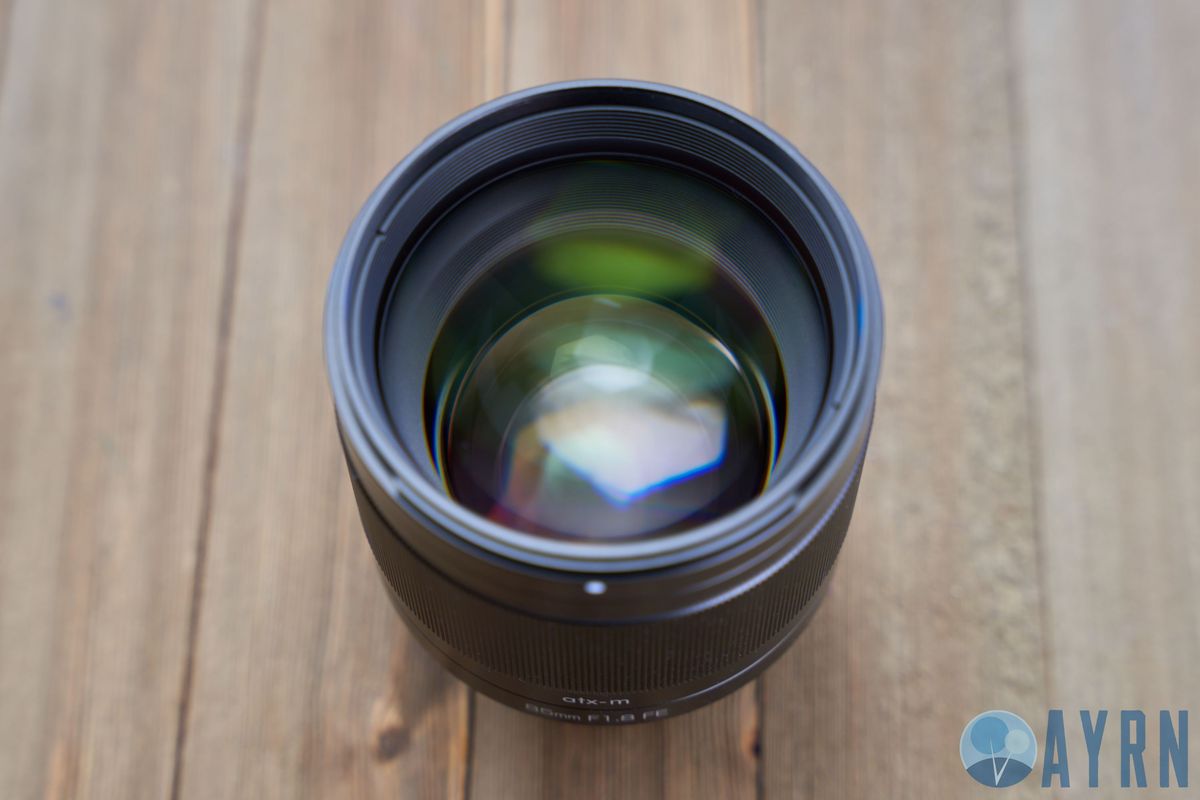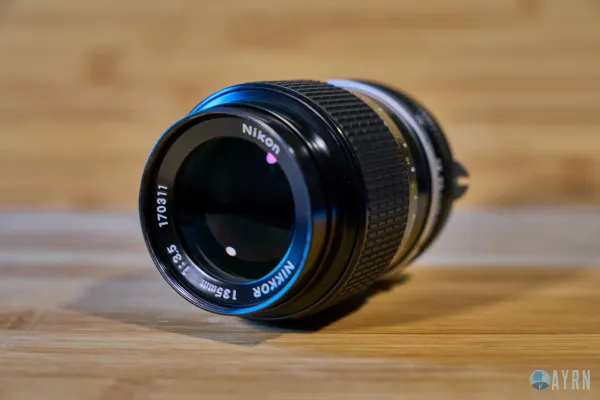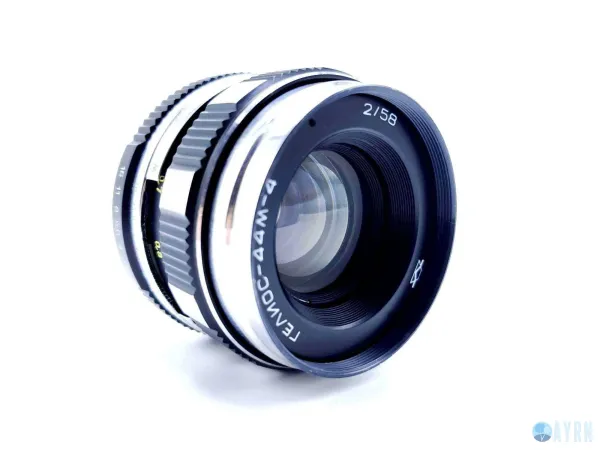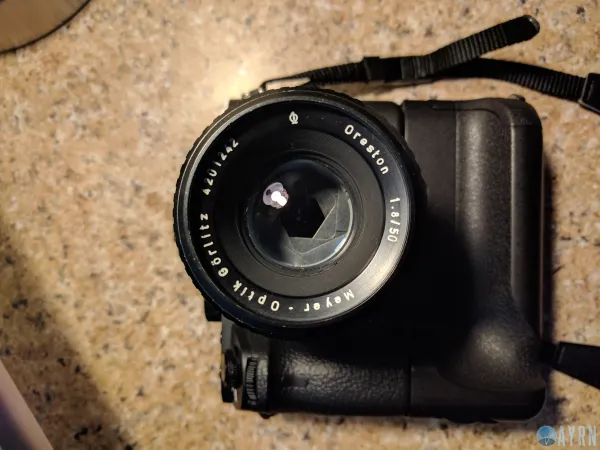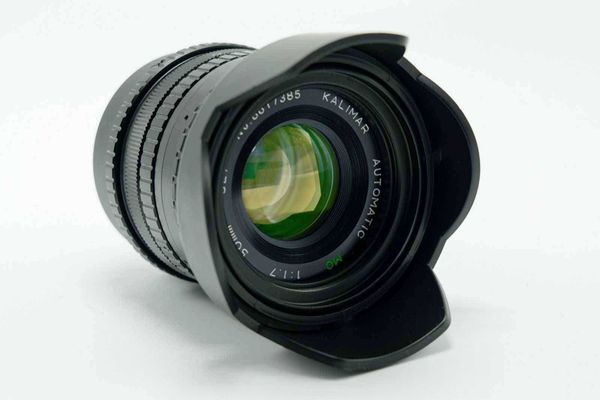This article contains affiliate links, for more information see the disclosure here. Using these links won't cost you a thing, may save you money, and it helps us to keep putting out great material for you to read while remaining ad free. Thanks for your support!
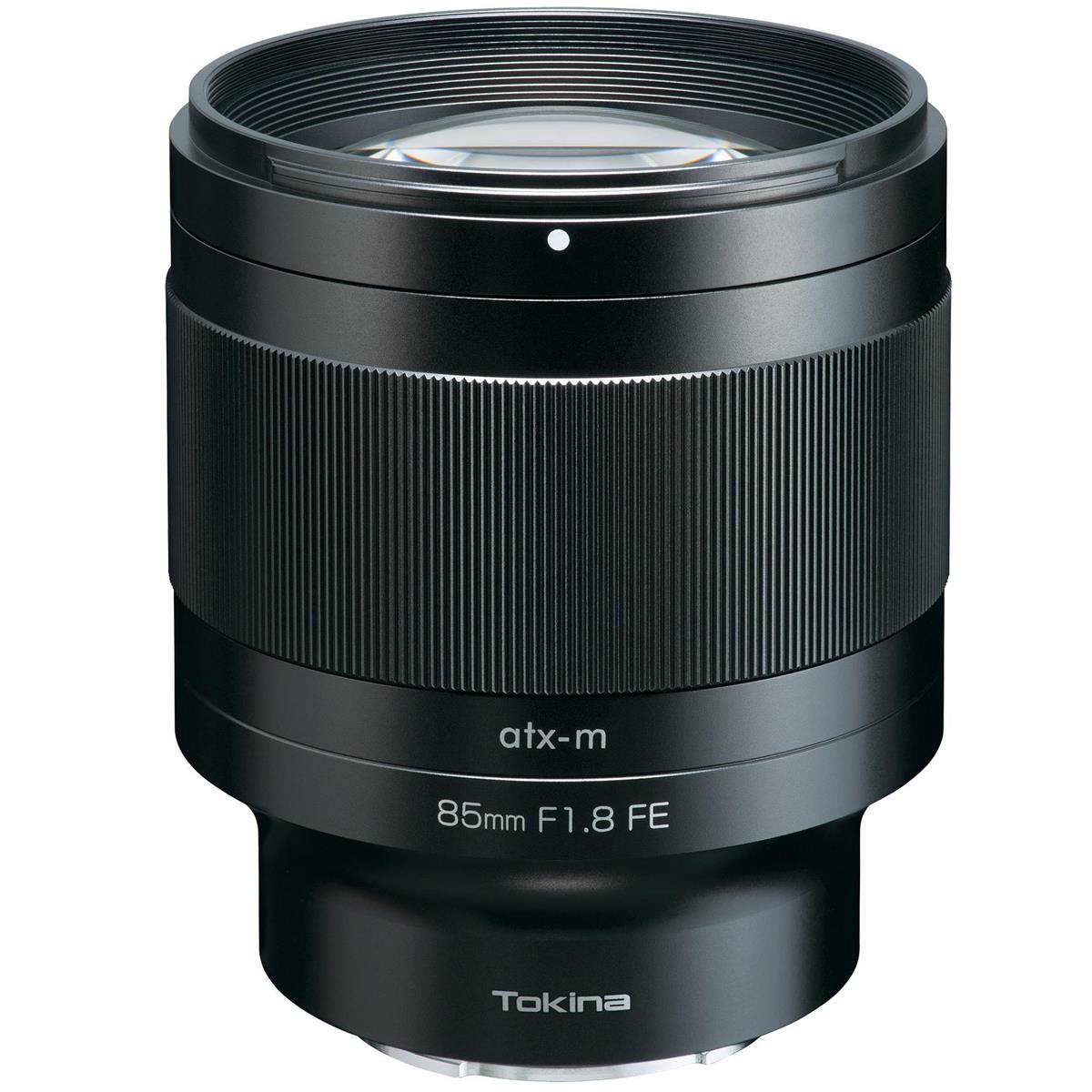

About Tokina 85mm f/1.8
Tokina's new lens is a solid optical performer with many positive attributes including ultra fast and responsive autofocus, beautiful tantalizingly smooth bokeh, and a high quality minimalist design. What's more Tokina backs up the quality and endurance of their products with an industry leading 3-year warranty and some of the best cutomer support we've had the joy of working with. In fact, we think that Tokina's new lens is so impressive that we're giving it our coveted Kudos Award for best in class budget 85mm f/1.8 for Sony full frame e-mount cameras.
Where to get it
Note: We purchased the Tokina Atx-M 85mm F1.8 lens used in this review with our own money. This review is independent and is not sponsored by Tokina or endorsed by them in any way.
Lens model: Tokina Atx-M 85mm F1.8 for Sony E Mount ATX-M-AF85FE
Release date: February 7, 2020
Cons.
✕ No firmware updates (currently)
✕ No tactile controls
✕ No weather sealing
✕ Average flare resistance
Pros
+ Great build quality
+ Ideal focal length for portraits
+ Sony full-frame e-mount native
+ Best in class warranty
+ Nice minimalistic appearance
+ Excellent bokeh
+ Fast, accurate autofocus
Contents
Tokina Atx-M 85mm F/1.8 vs. Alternatives
Viltrox 85mm f/1.8 vs. Tokina 85mm f/1.8(
Tokina's 85mm lens compares favorably to the Viltrox 85, but comes with a 3-year warranty versus the 1-year coverage that Viltrox currently offers. I've also found Tokina to provide a better overall customer support experience and personally like the look and design of their lens a bit more as well. Optically, I'd say that both lenses provide nearly identical image quality, but Tokina's lens takes the lead in autofocus performance and seems to have a hair better contrast based on my testing. The viltrox does come with an on-board micro-USB firmware upgrade port at the base of the lens, while the Tokina doesn't currently have a way to upgrade firmware. It's rumored that a Tokina dock is coming in the near future though. At it's current price point that runs about $50 more, I'd say you really can't go wrong in choosing the Tokina.
Tokina 85mm f1.8
+ Slightly better contrast
+ 3-year warranty (vs. 1-year)
Viltrox 85mm f1.8
+ Cheaper
+ Built in firmware upgrade port
Viltrox 85mm f/1.8 ii vs. Tokina 85mm f/1.8
The M2 version of Viltrox's 85mm f/1.8 lens is essentially a slightly lighter version of the original that looks virtually identical to its predecessor with the exception of a petal shaped lens hood and (perhaps) a tiny bit more contrast. Optically and autofocus wise, it seems virtually identical to the Tokina. As with the first version of this lens, Viltrox currently only gives you 1-year under warranty versus the 3-year period offered by Tokina. For that extra $50, I'd say the more refined build quality and additional two-years of warranty coverage that tokina offers are well worth it.
Tokina 85mm f1.8
+ 3-year warranty (vs. 1-year)
Viltrox 85mm f1.8 ii
+ Cheaper
+ Built in firmware upgrade port
Sony FE 85mm f/1.8 vs. Tokina 85mm f/1.8
The bokeh quality of Sony's original 85mm f/1.8 isn't quite as smooth as Tokina's 85, the build quality isn't quite up to par either, and the autofocus isn't quite as responsive. That said, Sony's lens does seem to be a bit sharper at center and it has a bit better out-of-camera contrast. Sony's lens can also receive firmware updates on-camera - which is a nice plus and has weather sealing. The body of Sony's 85 is mostly plastic in contrast to Tokina's metal barrel, and Tokina beats out Sony's 1-year warranty with their 3-years of coverage. Sony's lens will currently run you $150 more than the Tokina, which to me, makes the Tokina a more attractive option.
Tokina 85mm f1.8
+ Cheaper
+ Marginally better autofocus
+ 3-year warranty (vs. 1-year)
+ Metal barrel vs. plastic
Sony FE 85mm f/1.8
+ Marginally better contrast
+ Marginally better center sharpness
+ Weather sealed
+ On-body firmware updates
Samyang/Rokinon AF 75mm f/1.8 vs. Tokina 85mm f/1.8
Samyang's new 75mm f/1.8 is ultra light and remarkably compact for its focal length, so if small size and light weight is key, choosing this lens over any of the 85mm competition is a no brainer. That said, Tokina's 85 has the edge when it comes to bokeh quality, sharpness, and build. They also have the better warranty (3-years versus 1-year). I'd say Samyang's 75 has the better contrast of the two lenses, it's also cheaper (currently about $50 less), and definitely deserves points for its innovative customizable switch which lets you use the focus ring as a silent aperture control. Samyang also claims this custom switch will be further customizable so that it can control more functions in the near future. Additionally, you can currently update Samyang's lens via a dock, whereas Tokina has not yet released a dock for this lens, although it is rumored to be in the works.
Tokina 85mm f1.8
+ Sharper across the frame
+ 3-year warranty (vs. 1-year)
+ Smoother bokeh
+ Metal barrel vs. plastic
Samyang AF 75mm f/1.8
+ Cheaper
+ Customizable switch
+ Better contrast
+ Smaller and lighter
+ Firmware updates via dock
Samyang/Rokinon AF 85mm f/1.4 vs. Tokina 85mm f/1.8
For about $150 more than Tokina's 85, Samyamg 85mm f/1.4 offers a faster aperture and some very comparable autofocus performance. The Samyang does seem to struggle more than Tokina's 85mm lens in continuous autofocus during video shooting though, so I'd opt for the Tokina if you're planning to do a lot of videography. In terms of Bokeh, Samyang's 85mm f/1.4 has a definite edge, but not as much as you might expect given the maximum aperture disparity. The Samyang also has better contrast right out of camera and a tad beter micro-contrast as well. Tokina gives you a much more generous warranty period than Samyang (3-years versus 1) and their lens is constructed from solid metal, whereas the Samyang is mostly plastic.
Tokina 85mm f1.8
+ Cheaper
+ 3-year warranty (vs. 1-year)
+ Metal barrel vs. plastic
Samyang AF 85mm f/1.4
+ Faster and brighter
+ Better contrast
+ Smoother bokeh
+ Weather sealed
+ Firmware upgradable via dock
Zeiss Batis 85mm f/1.8 vs. Tokina 85mm f/1.8
While significantly more expensive, this lens definitely has an edge in sharpness, punchier contrast, more vibrant colors, and a bit better flare resistance. It's also got a nifty OLED display that might be useful to some photographers in low-light situations, comes with a physical switch to quickly select between manual focus and autofocus, and it's the only 85mm lens for Sony FE that currently offers built-in image stabilization. The Batis also gives you on-body firmware updates, which is a nice touch. Both lens manufacturers currently back their products with the same generous 3-year warranty period and both lenses are constructed of high quality premium feeling materials. While the Zeiss 85 has a decided edge here on the Tokina in terms of features, I'd say Tokina gives you about 90% of the image quality and comparable autofocus quality for about half the price. That said, where money is no obstacle, the Zeiss is certainly worth it and probably the best f/1.8 aperture 85mm lens that money can buy.
Tokina 85mm f1.8
+ Much cheaper
+ Smoother bokeh
Zeiss Batis 85mm f/1.8
+ Better micro-contrast
+ Better contrast
+ Marginally better sharpness
+ Weather sealed
+ OLED display
+ Built-in stabilization
+ On-body firmware updates
Sigma 85mm f/1.4 DG HSM Art vs. Tokina 85mm f/1.8
While heavier, much larger, and roughly double the price, Sigma's no-compromise 85mm f/1.4 outperforms Tokina's lens in terms of sharpness across the frame, color rendering, contrast, micro-contrast, and bokeh smoothness. It's also got on-body firmware update capabilities, features a useful switch for selecting between autofocus and manual focus modes, and is weather sealed. If price is no obstacle, I'd choose this over Tokina's 85 for Sony. Conversely, if you're looking for the best bang for your buck, you can't go wrong with the Tokina.
Tokina 85mm f1.8
+ Much cheaper
+ Smaller
+ Lighter
Sigma 85mm f/1.4 DG HSM Art
+ Better micro-contrast
+ Better contrast
+ Better sharpness
+ Smoother bokeh
+ Weather sealed
+ Autofocus switch
+ On-body firmware updates
Sigma 85mm f/1.4 DG DN Art vs. Tokina 85mm f/1.4
Sigma's new 85mm masterpiece made expressly for mirrorless digital cameras looks to be the new king of 85mm lens options for Sony full-frame e-mount. It's faster, brighter, sharper, and has better contrast, micro-contrast, and truer color rendering than the Tokina. It also comes packed with a plethora of useful features that pro photographers and videographers will doubtless appreciate, including a physical aperture ring that locks in place, an autofocus lock button, a switch to select between autofocus and manual focus modes, weather sealing, and a lens hood that locks into place. What's more, it's incredibly compact and light for its ultra fast and bright aperture. While Sigma's 85mm DN is absolutely worth every penny of its price tag, at less than half the cost, the Tokina still represents a great option for people who don't need all the pro level features and want a great lens at an affordable price point.
Tokina 85mm f1.8
+ Much cheaper
Sigma 85mm f/1.4 DG DN Art
+ Better micro-contrast
+ Better contrast
+ Better sharpness
+ Smoother bokeh
+ Weather sealed
+ Autofocus switch
+ Aperture ring
+ Aperture lock switch
+ Autofocus lock button
+ On-body firmware updates
Sony FE 85mm f/1.4 GM vs. Tokina 85mm f/1.8
Sony's 85mm GMaster is one of the best prime lenses you can get at this focal length and, besides being brighter and faster, it outperforms Tokina's lens in sharpness across the frame, flare resistance, bokeh quality, color, contrast, features, and handling. It's currently about $1300 more though, so I'd only recommend it to serious pro photographers and enthusiasts who know why they need it.
Tokina 85mm f1.8
+ Vastly cheaper
Sony 85mm f/1.4 GM
+ Better micro-contrast
+ Better contrast
+ Better sharpness
+ Smoother bokeh
+ Weather sealed
+ Autofocus switch
+ Aperture ring
+ Aperture lock switch
+ Autofocus lock button
+ On-body firmware updates
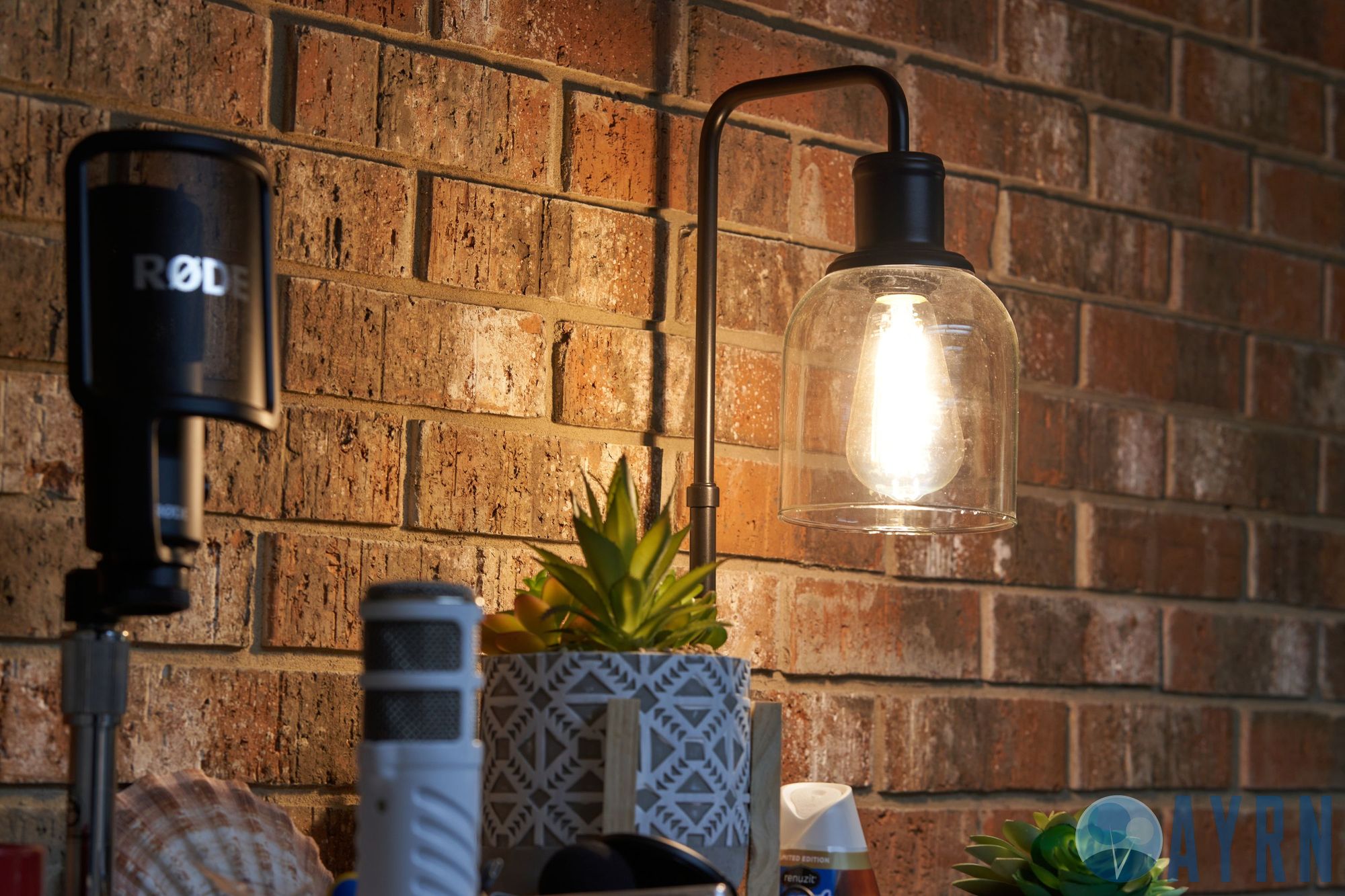
Tokina Atx-M 85mm F/1.8 first impressions
Tokina's new lens represents an excellent balance of performance, quality, and support. While the first copy of their 85mm f/1.8 that I received was defective, Tokina's support team did an amazing job communicating with me and replaced the lens free of charge. I was genuinely impressed with how handled everything from start to finish. What was even more impressive is how they went to the trouble of carefully checking the new lens. The replacement copy I received was sent out to mecare of their facility in Japan and and had to pass through rigorous quality checks to ensure I received a perfect copy that was carefully shipped out to me. I've now had a good deal of hands on experience with the lens and I've got to say I'm really pleased with it. It's a genuinely fun lens to shoot with and it has a charachter that's unique to it.

Tokina's new 85mm offering has excellent optics and is a capable performer as well. While a bit more expensive than the remarkably similar Viltrox 85mm f/1.8 and f/1.8 Mark II, this lens comes with 3 years of support (versus 1) and sports a design that is a bit more refined and sophisticated in my opinion.
The packaging and design of the lens are both very nice.
The packaging and design of the lens are both very nice. On taking the lens out of the box, it feels solid and appears to be well constructed. The gloss black finish is tasteful, and the overall appearance is extremely minimal with no tactile controls to speak of beyond the metal focus ring.
Flipping the lens over, I see a charcoal gray colored sticker with the Tokina logo printed prominently on it and right below that the words "made in China." I guess, at least for this lens, Tokina has gone the route of Tamron in outsourcing their once Japanese manufacturing. Most people probably won't care about this, but I'm a massive fan of the quality and excellence of Japanese glass, and it was a bit of a letdown, to be honest.
Fast and responsive autofocus experience
I found the autofocus on this lens to be very fast and responsive. In fact, I'd say that perceptually it seemed nearly as fast as Sony's GMaster and faster than most of the other competition. Viltrox released a new Mark II version of their 85mm lens that I've been reviewing and I'd say it's right on par with that.
Eye autofocus works phenomenally well
Eye autofocus on this lens worked every bit as well as I'd expect from one of Sony's own native lenses and I was able to grab quick focus on the eyes of moving subjects effortlessly.
The majority of images I captured were bang-on in focus
I shot a ton of images of various subjects ranging from people to animals and tried to really run this lens through its courses. I was pleasantly surprised to see that the vast majority of my images were exceptionally well focused, even in cases where the subject was moving.
The focus ring is a delight to use
Turning the focus ring, it feels firm yet smooth and the extremely long throw is useful for being able to fine tune the focus with exceptional precision that almost makes you forget that this is a focus-by-wire lens like most modern lenses are.
Overall, testing this lens was highly enjoyable and I look forward to reviewing further lenses from Tokina in the future
Overall, this is a solid new addition to the already highly competitive 3rd party lineup of 85mm primes for Sony full frame e-mount cameras. While it'll run you a bit more than its cheapest competitor, Viltrox, it also comes with a generous 3-year warranty period and excellent support which I've experienced first hand. To me, this justifies the additional cost.

AF 85mm f/1.4 specifications
AF 85mm f/1.4 features
Tokina 85mm f/1.8 image quality
Image quality is an area that this lens really shines and, as you'll see in the test images, the sharp foreground and creamy background defocus are hard not to appreciate. Tokina is calling this the "bokeh monster," and it's not an unreasonable title for this lens. At this price point, this lens does delivers wonderful bokeh and great optical quality overall. You can see a full gallery of high resolution images captured with this lens here.
Tokina 85mm f/1.8 sample images


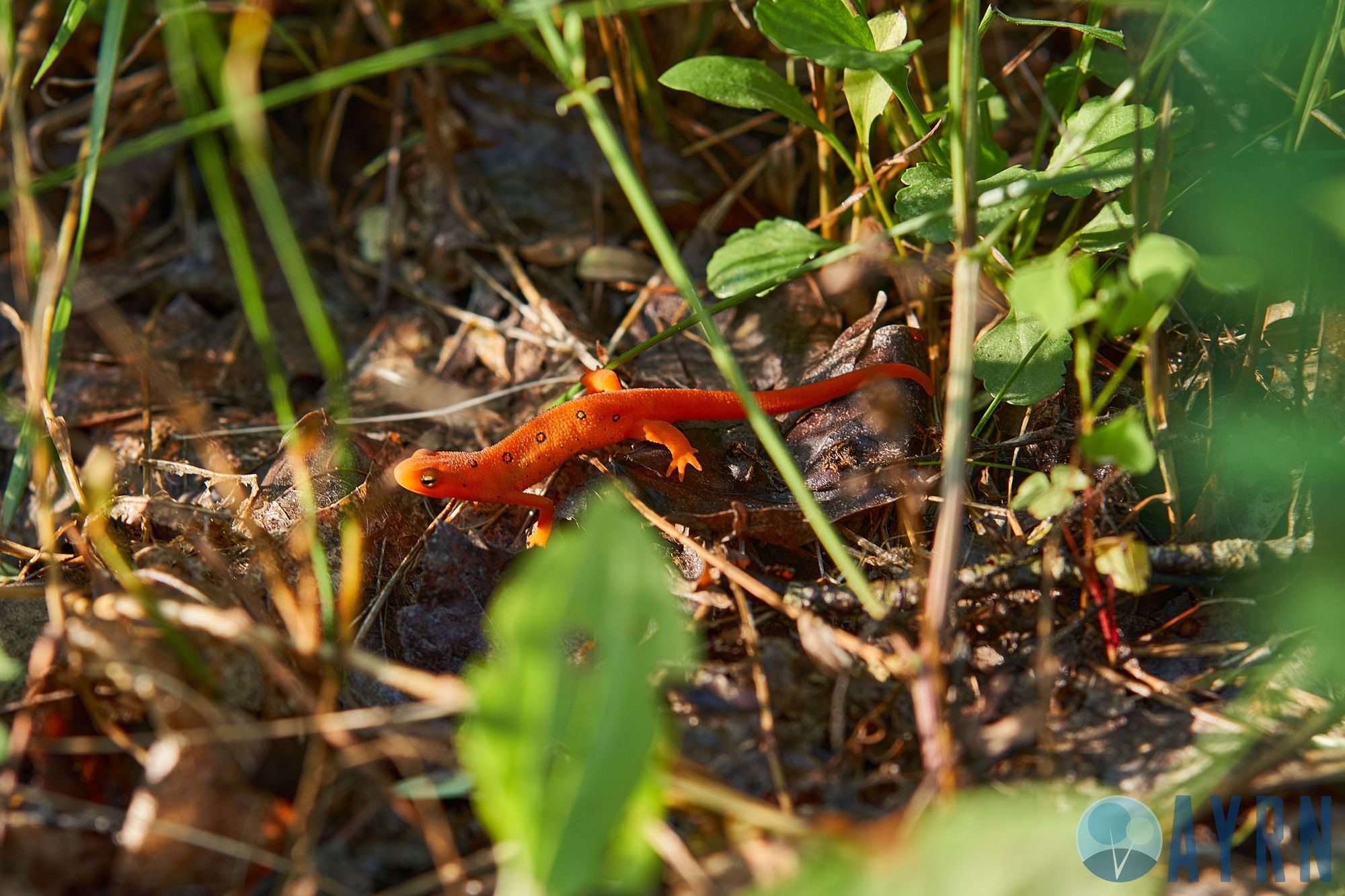
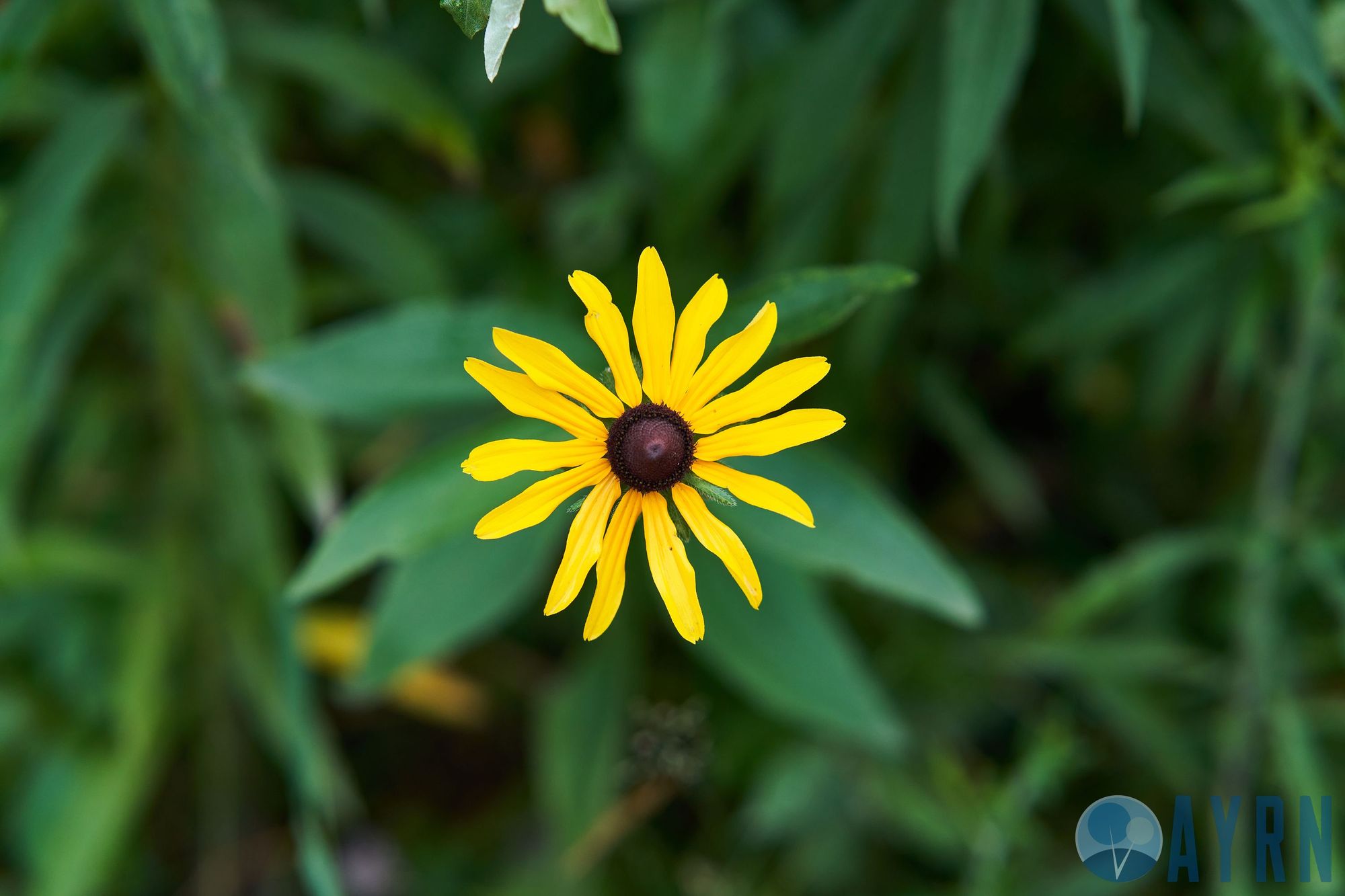
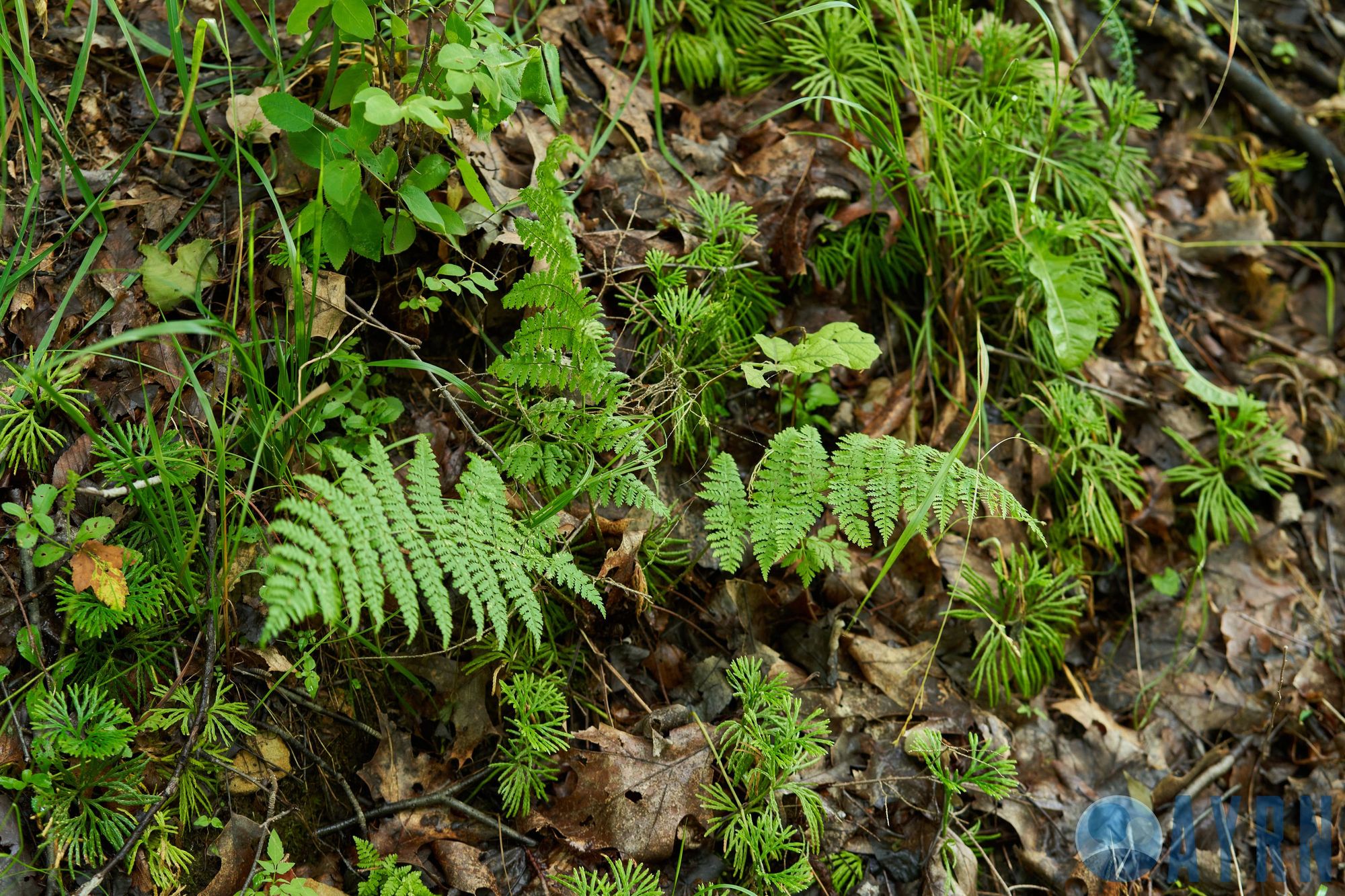

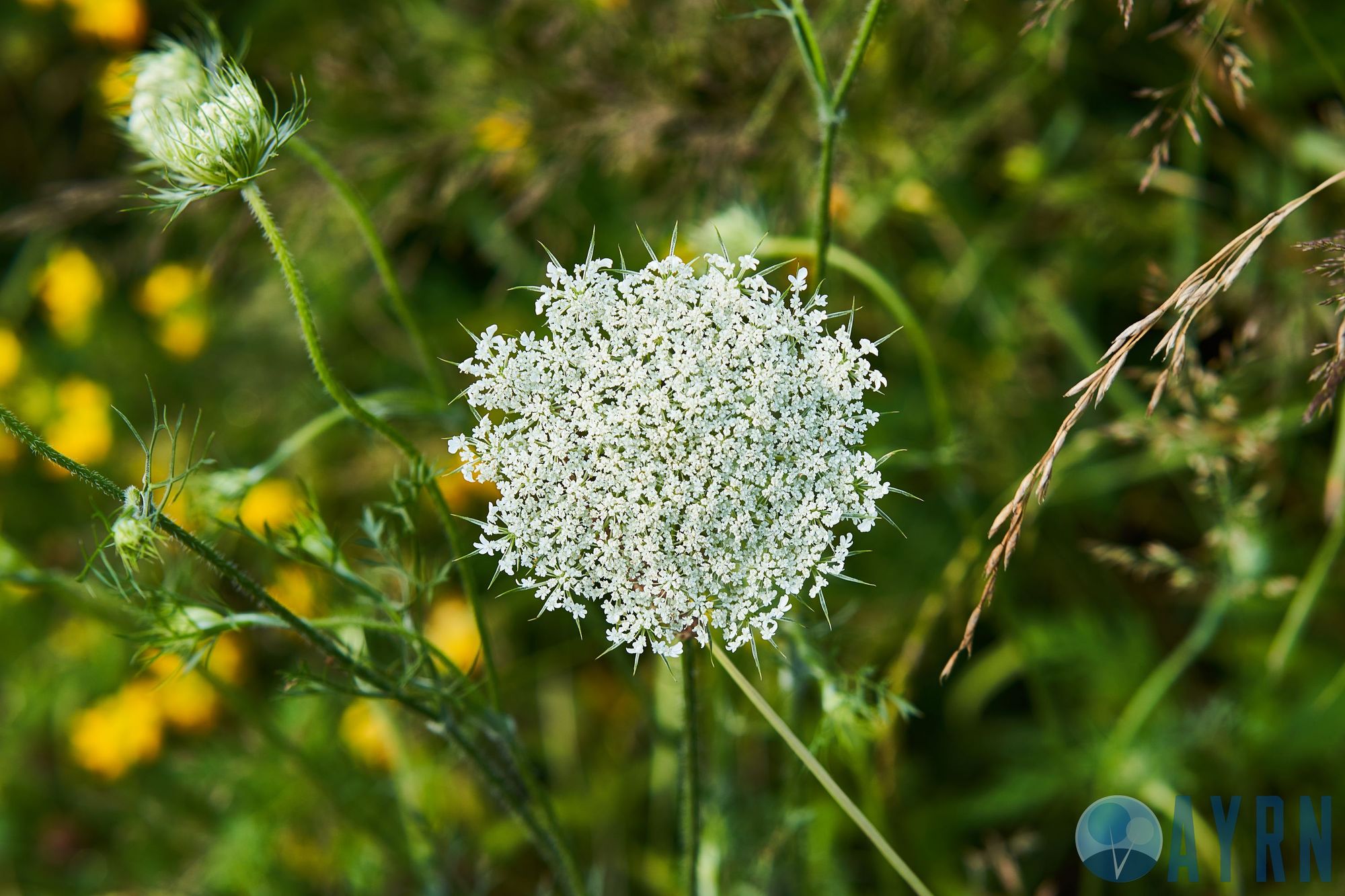
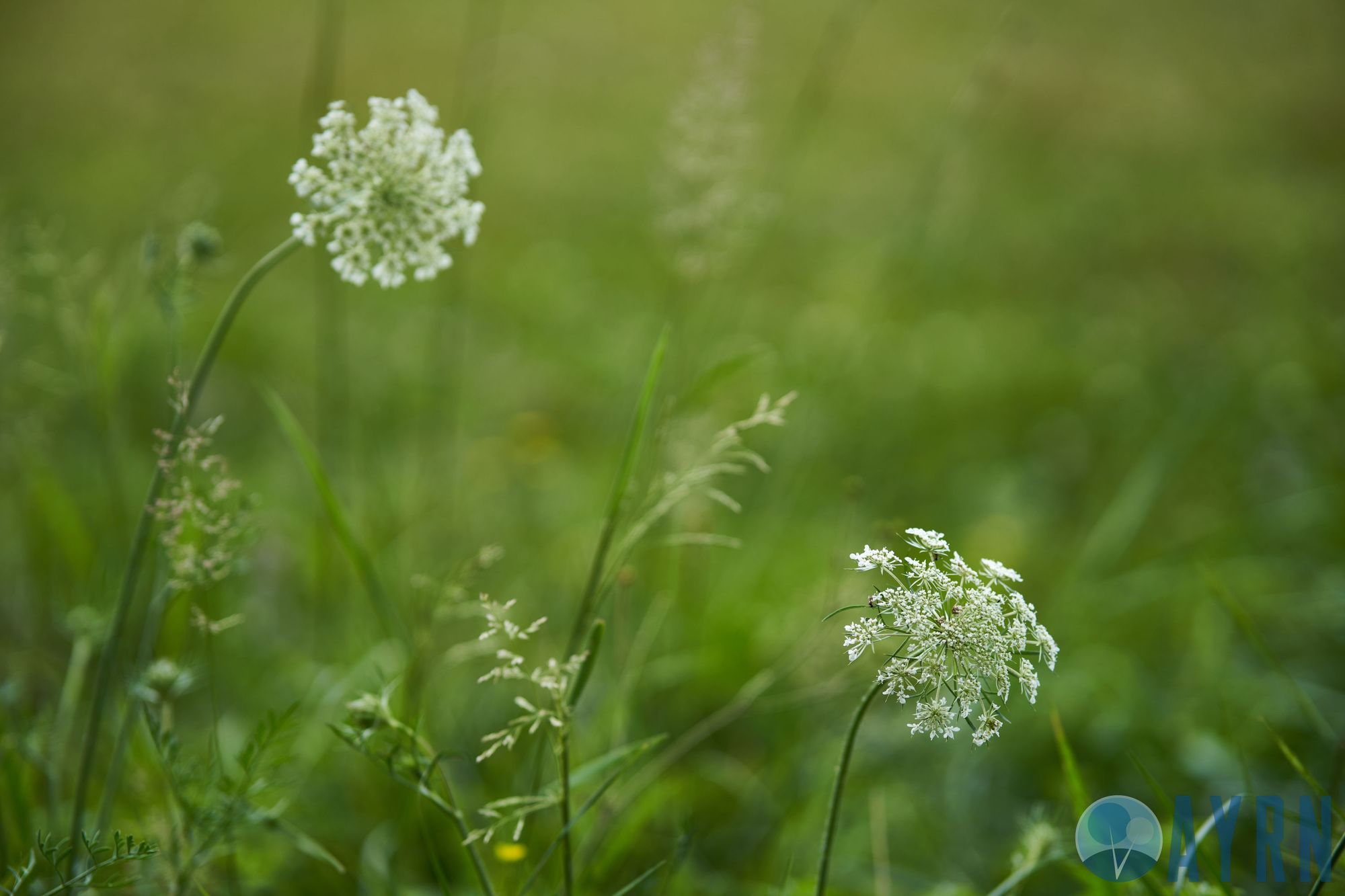
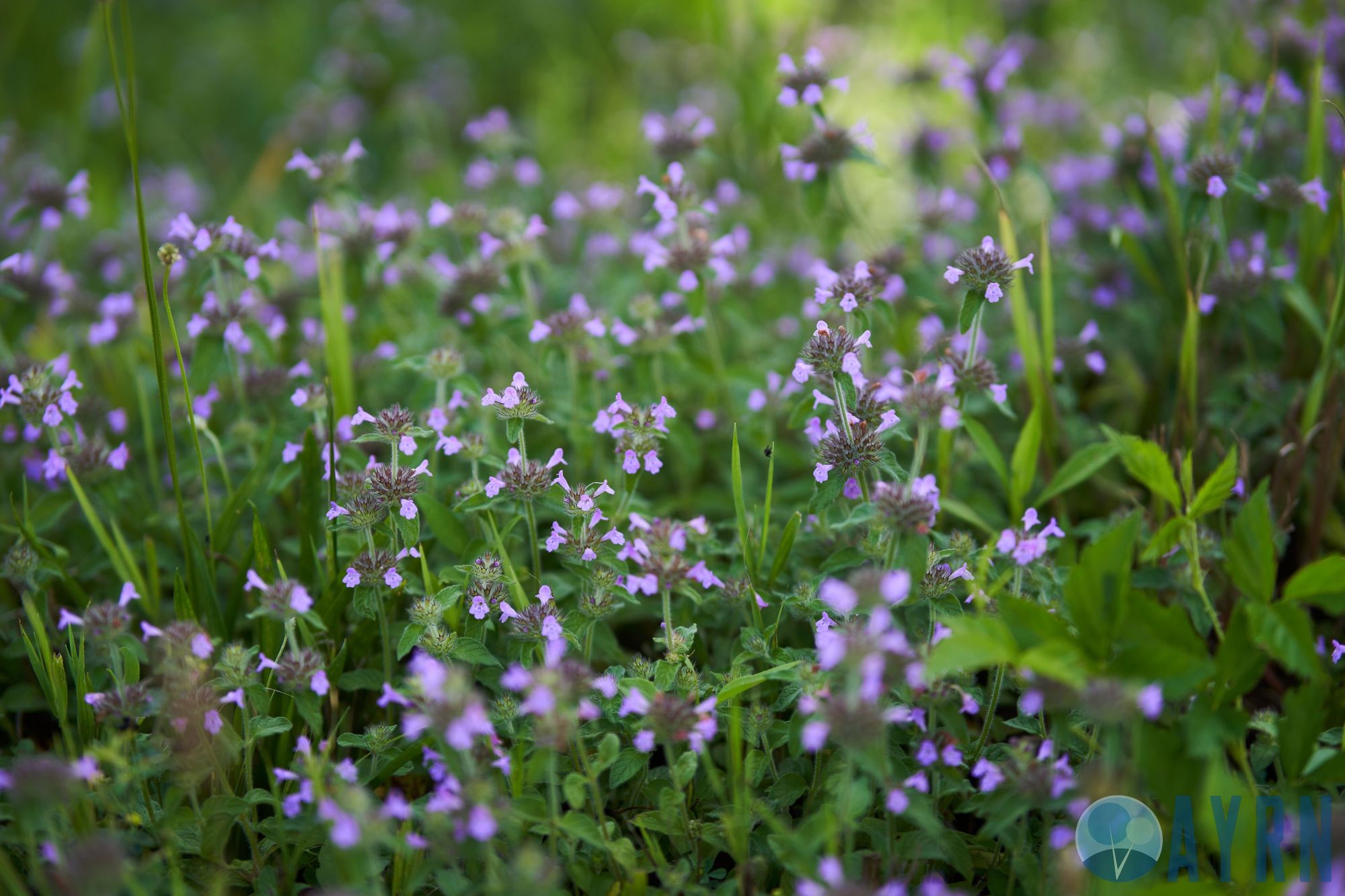
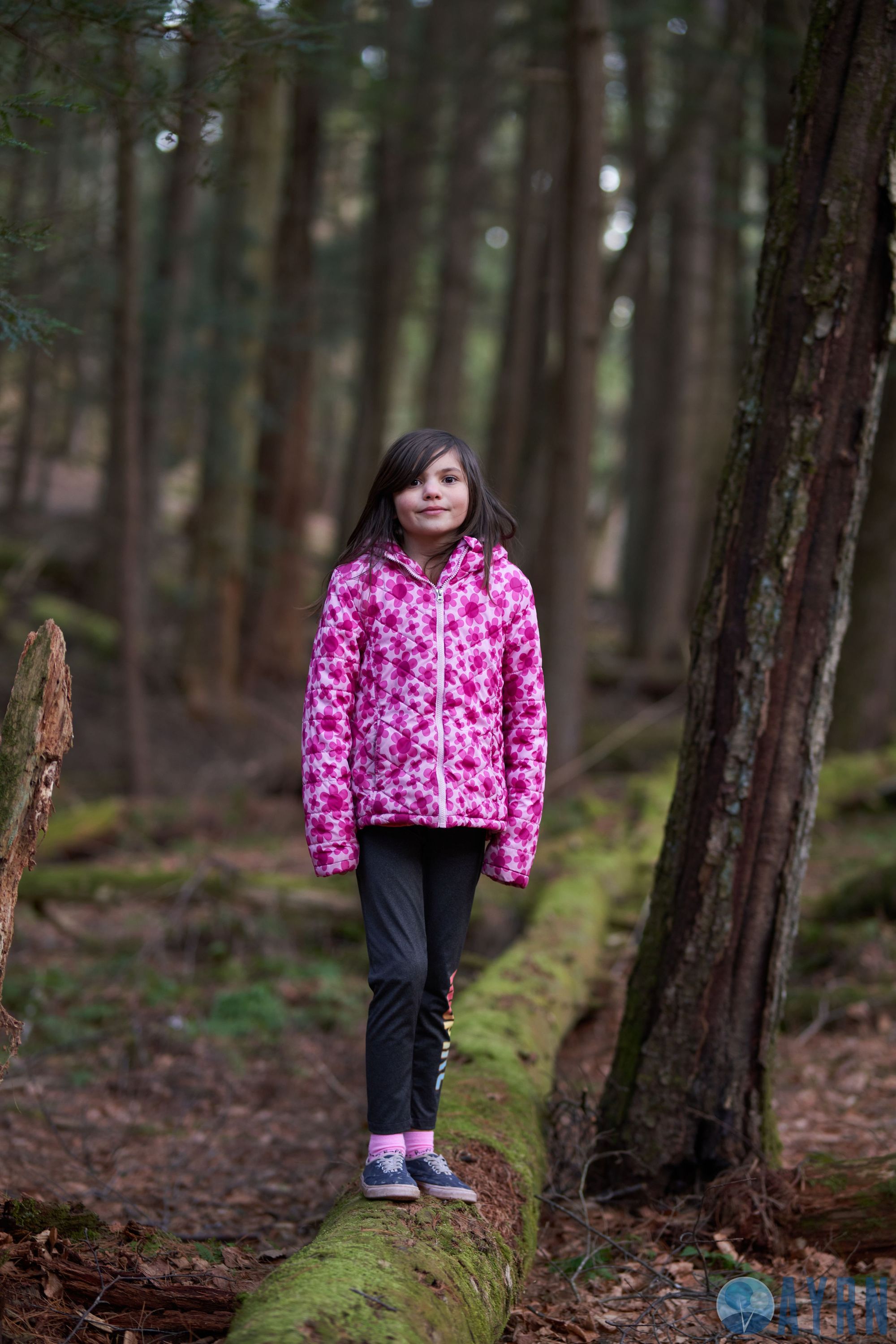
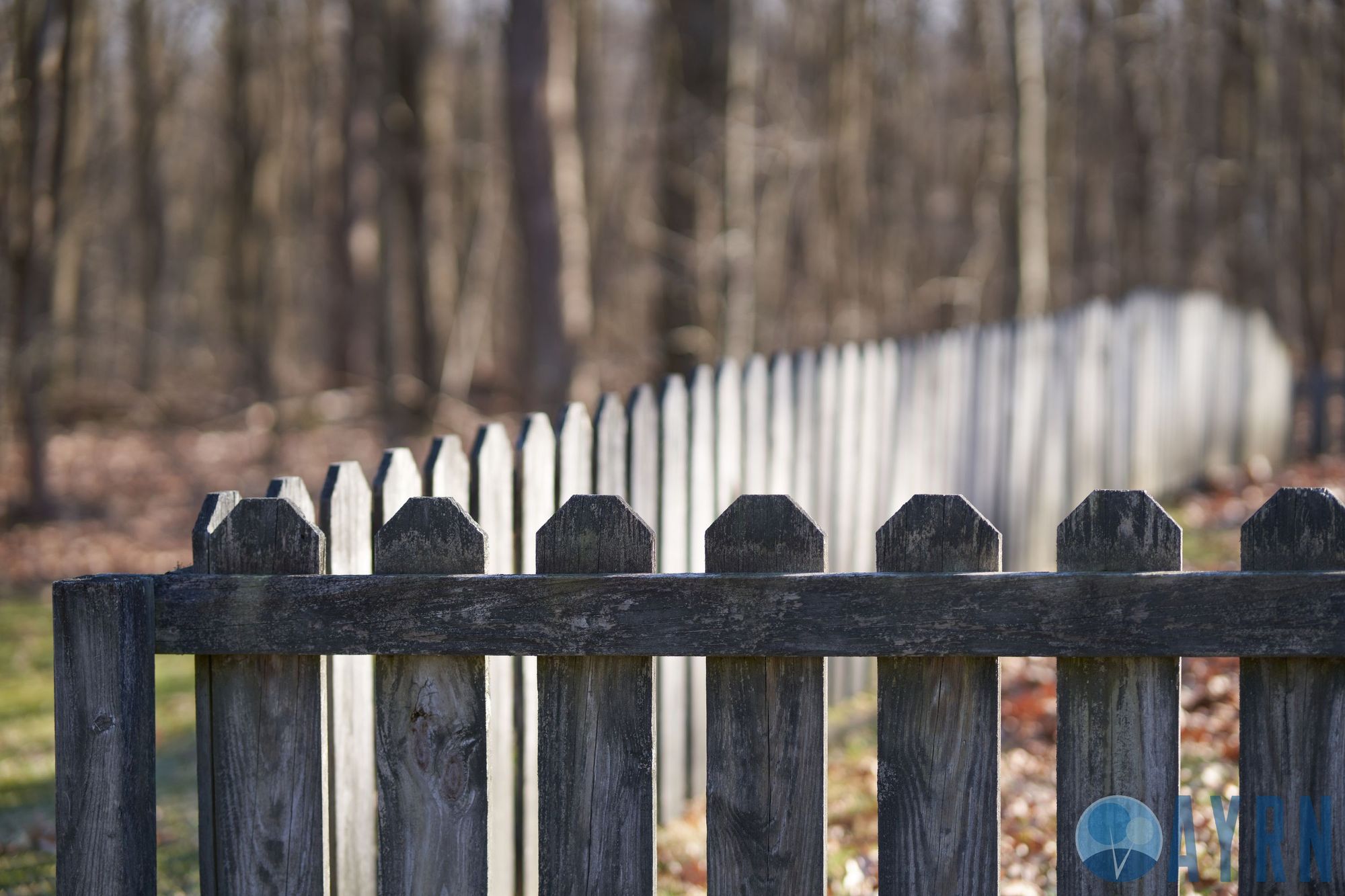
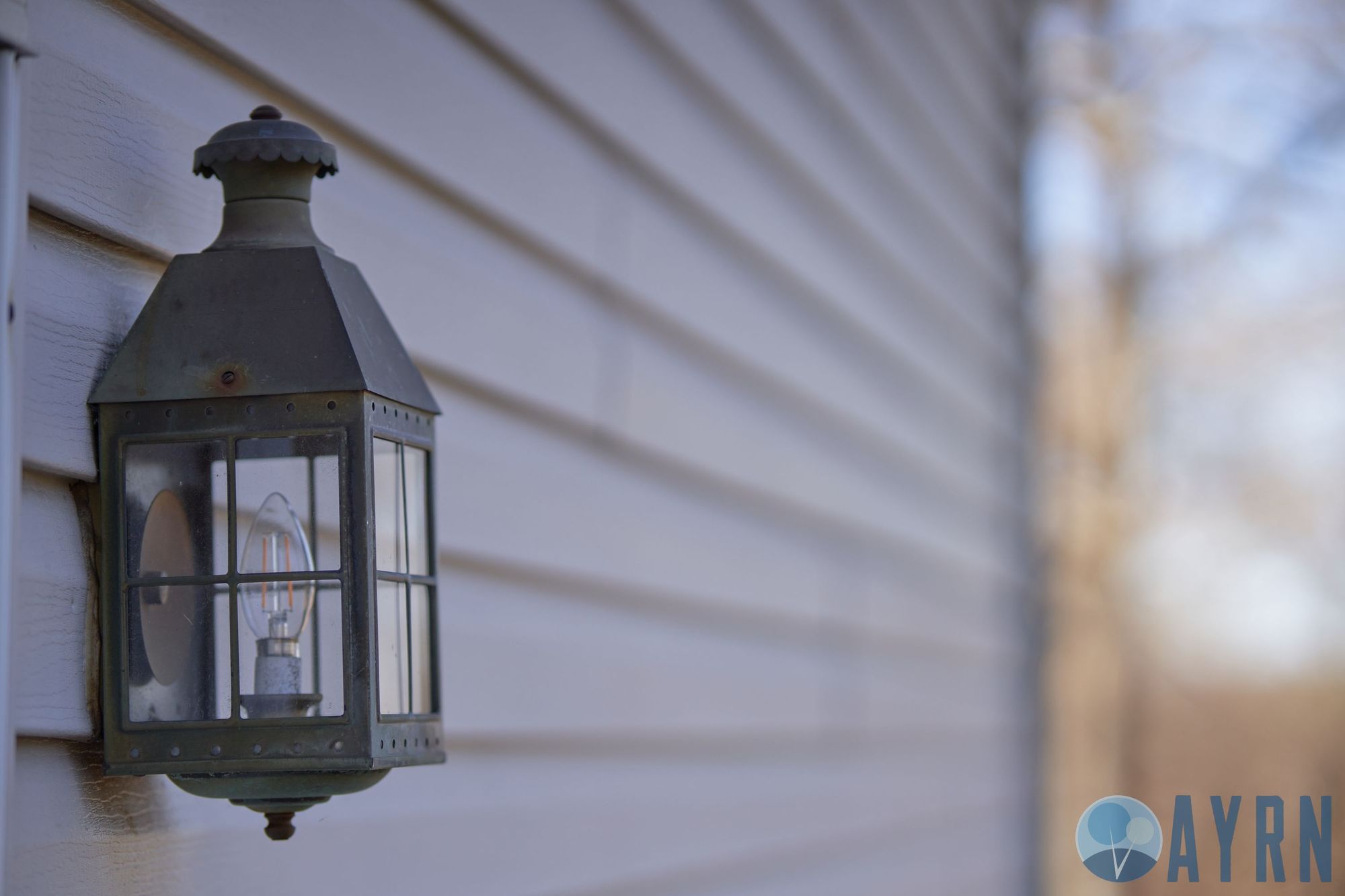

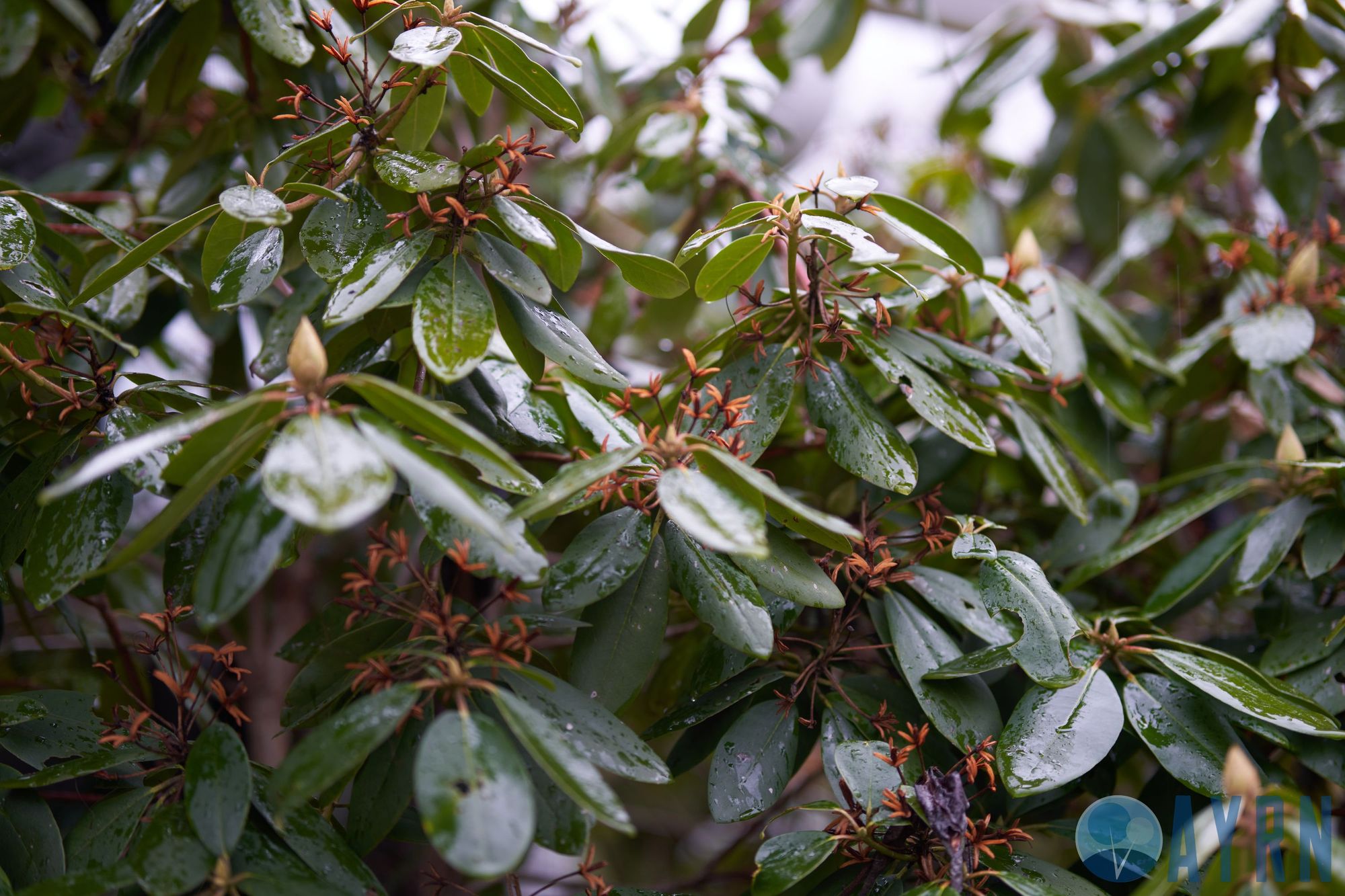
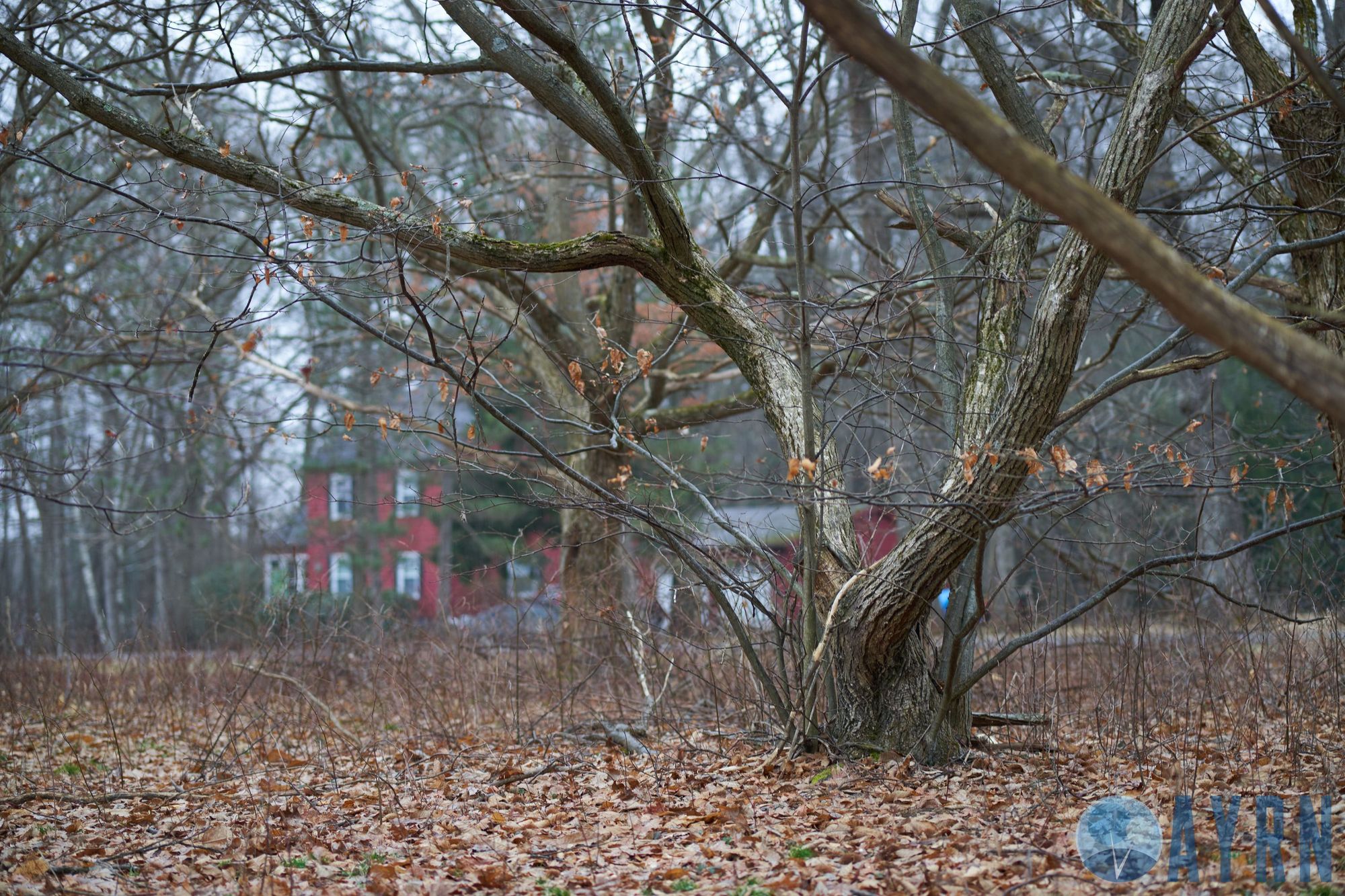
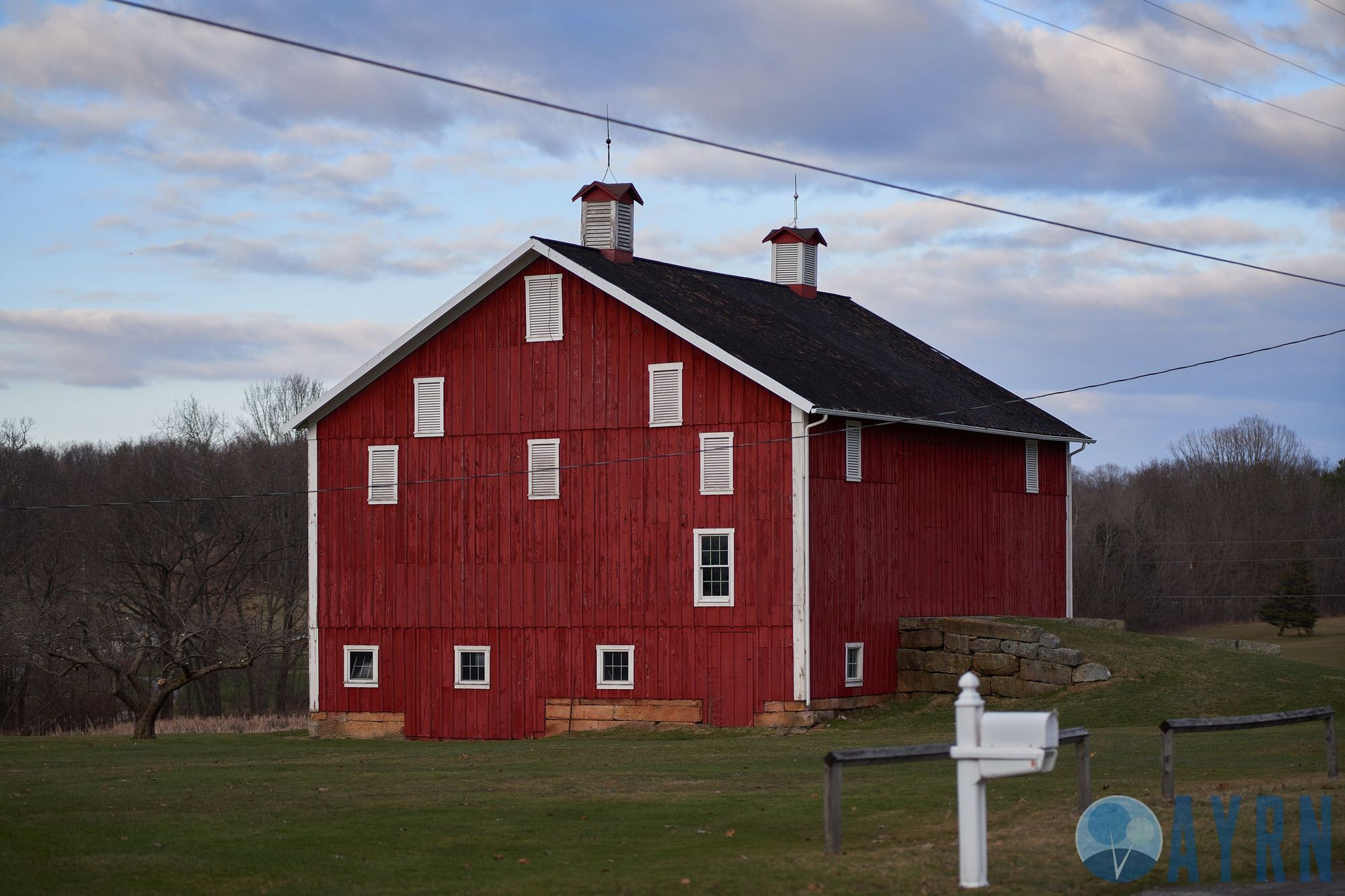

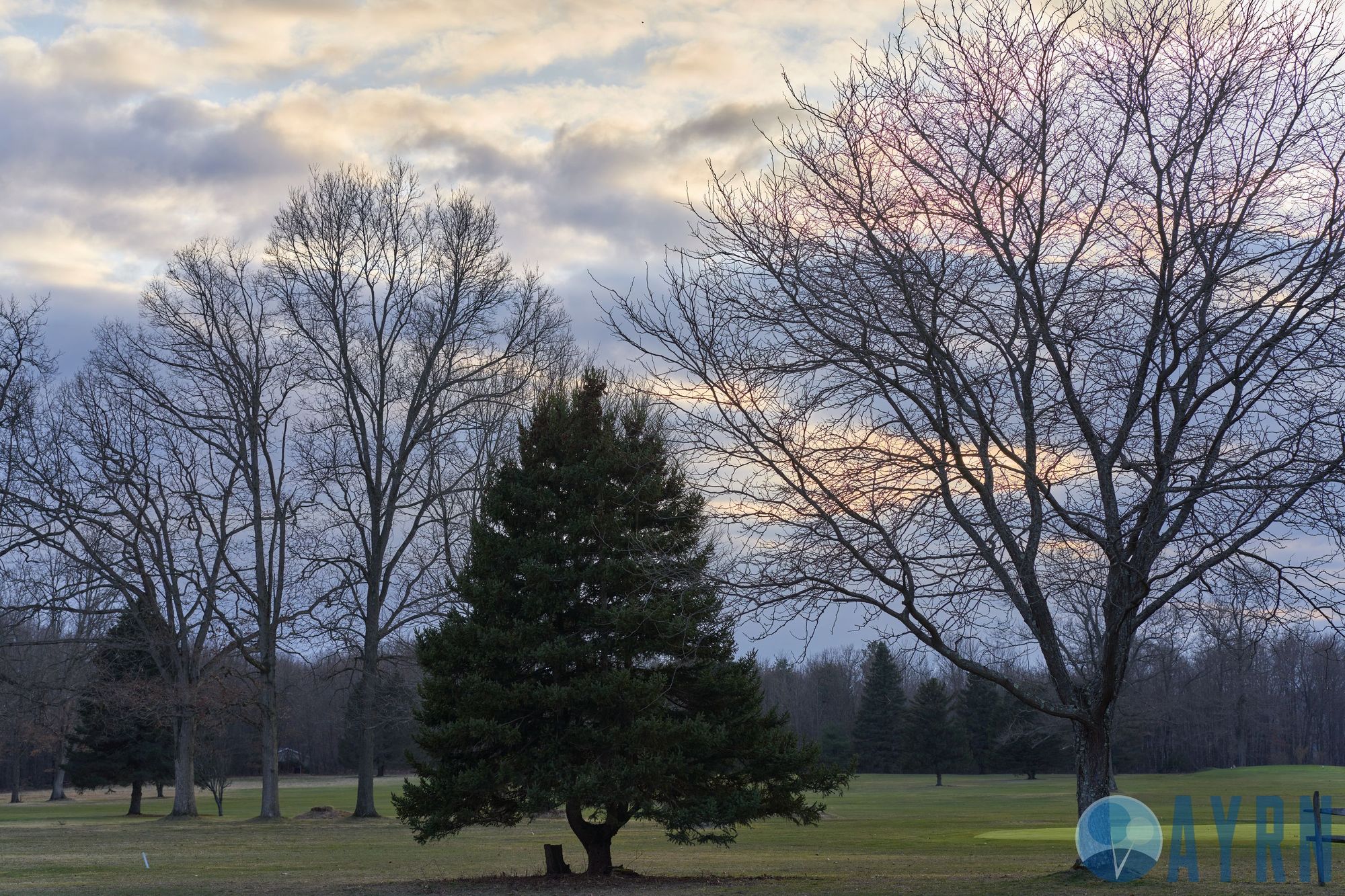
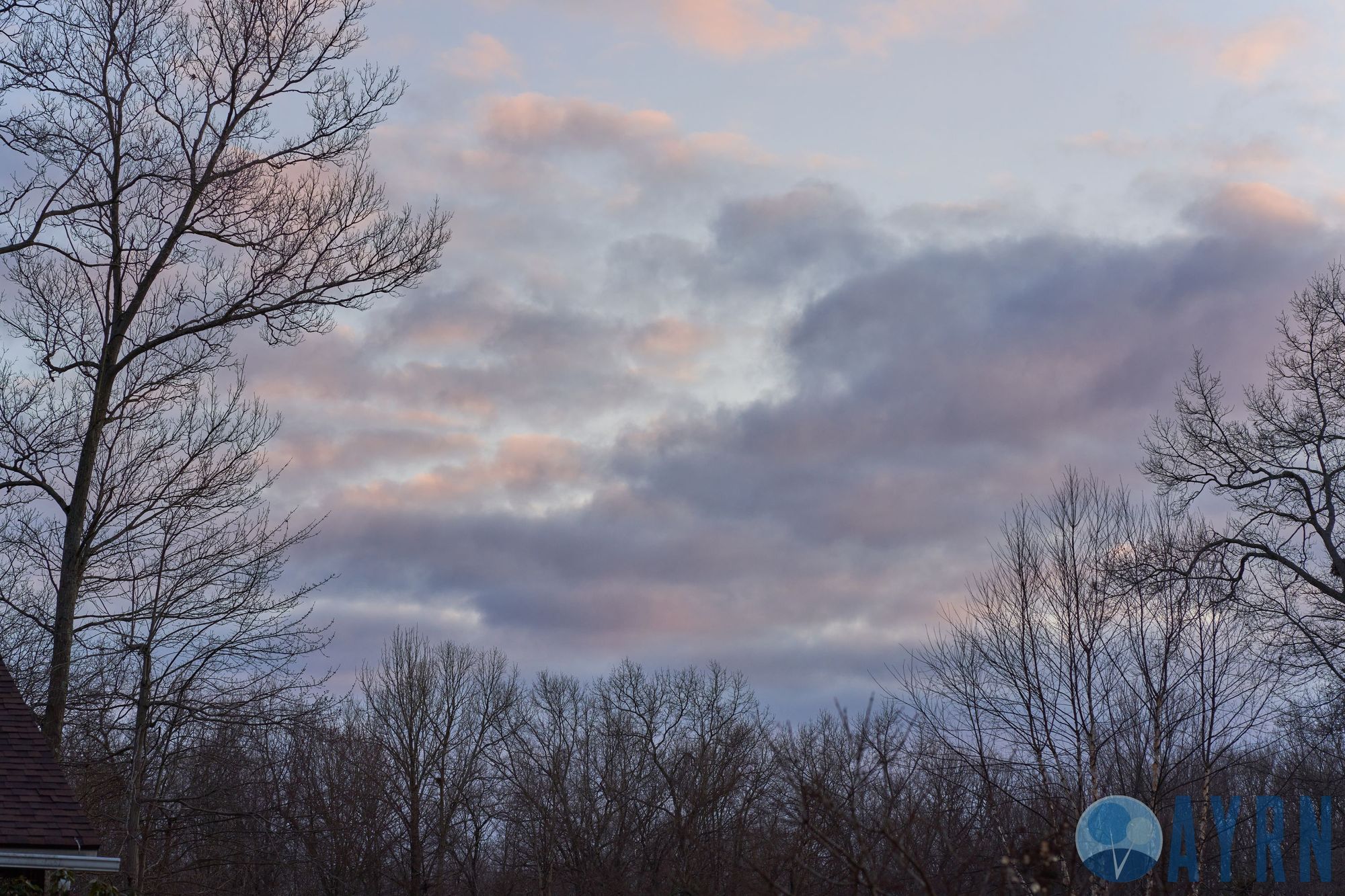
Sample image gallery
Aside from the images featured in this review, you can find ultra high definition sample images taken with this lens by visiting the gallery linked below.

Tokina 85mm f/1.8 Bokeh
Bokeh is about as smooth and creamy as you could ask for with this lens and it's definitely one of its strongest assets. While at closer distances it can get just a hair busy, overall its exquisite and really lends a sense of pop and dimension to the subject of images.
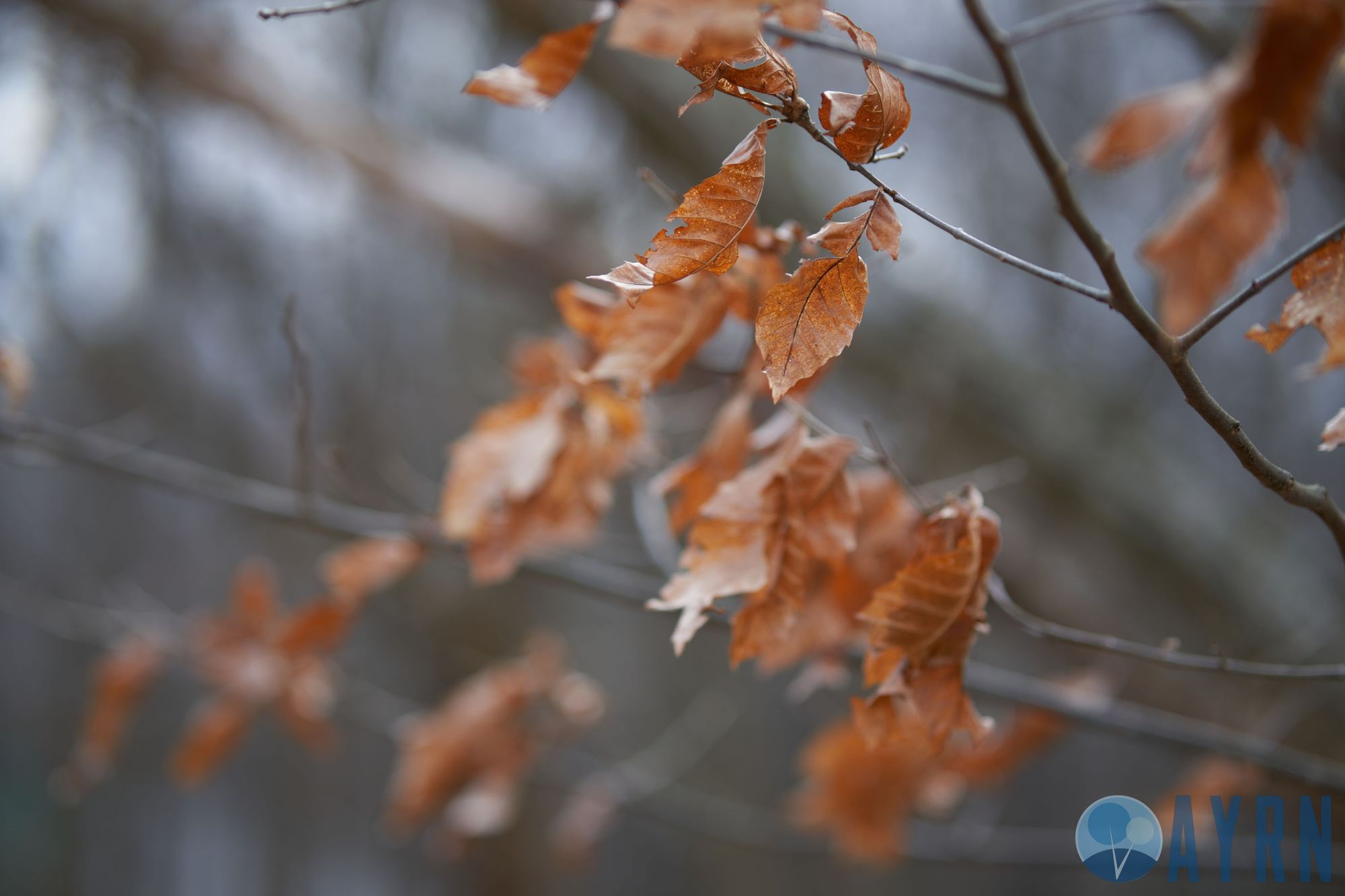


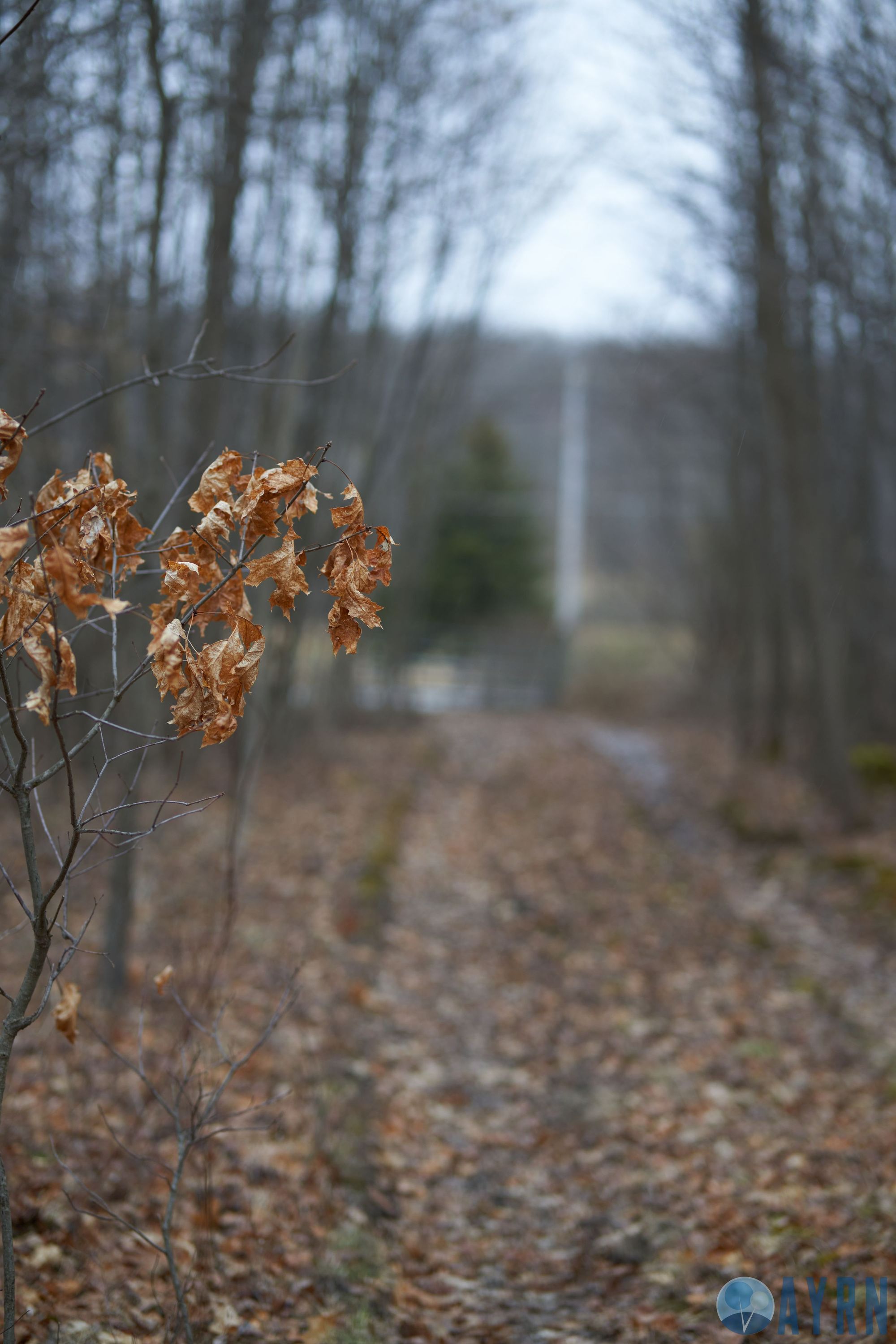
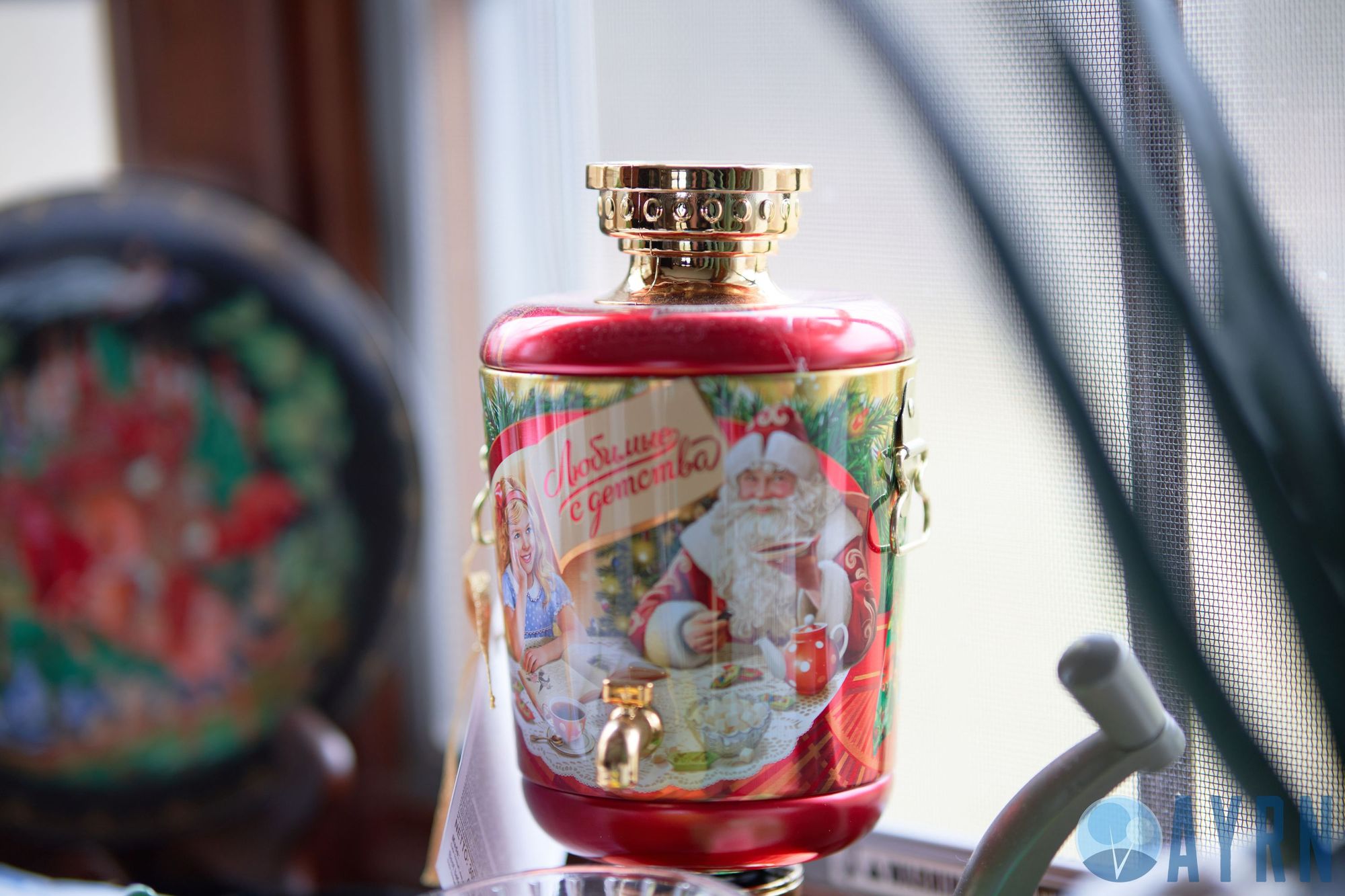
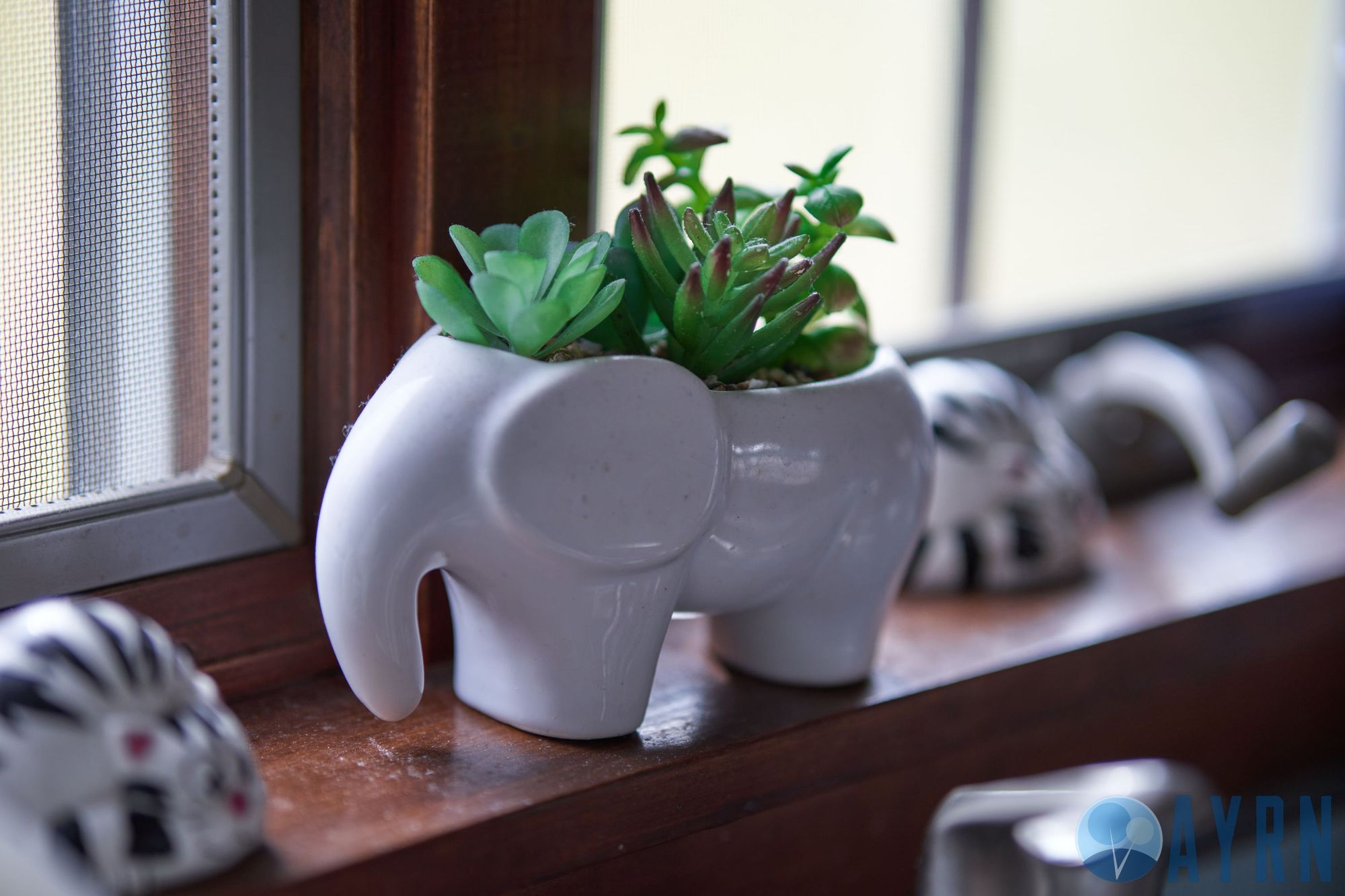

Tokina Atx-M 85mm F1.8 Build Quality
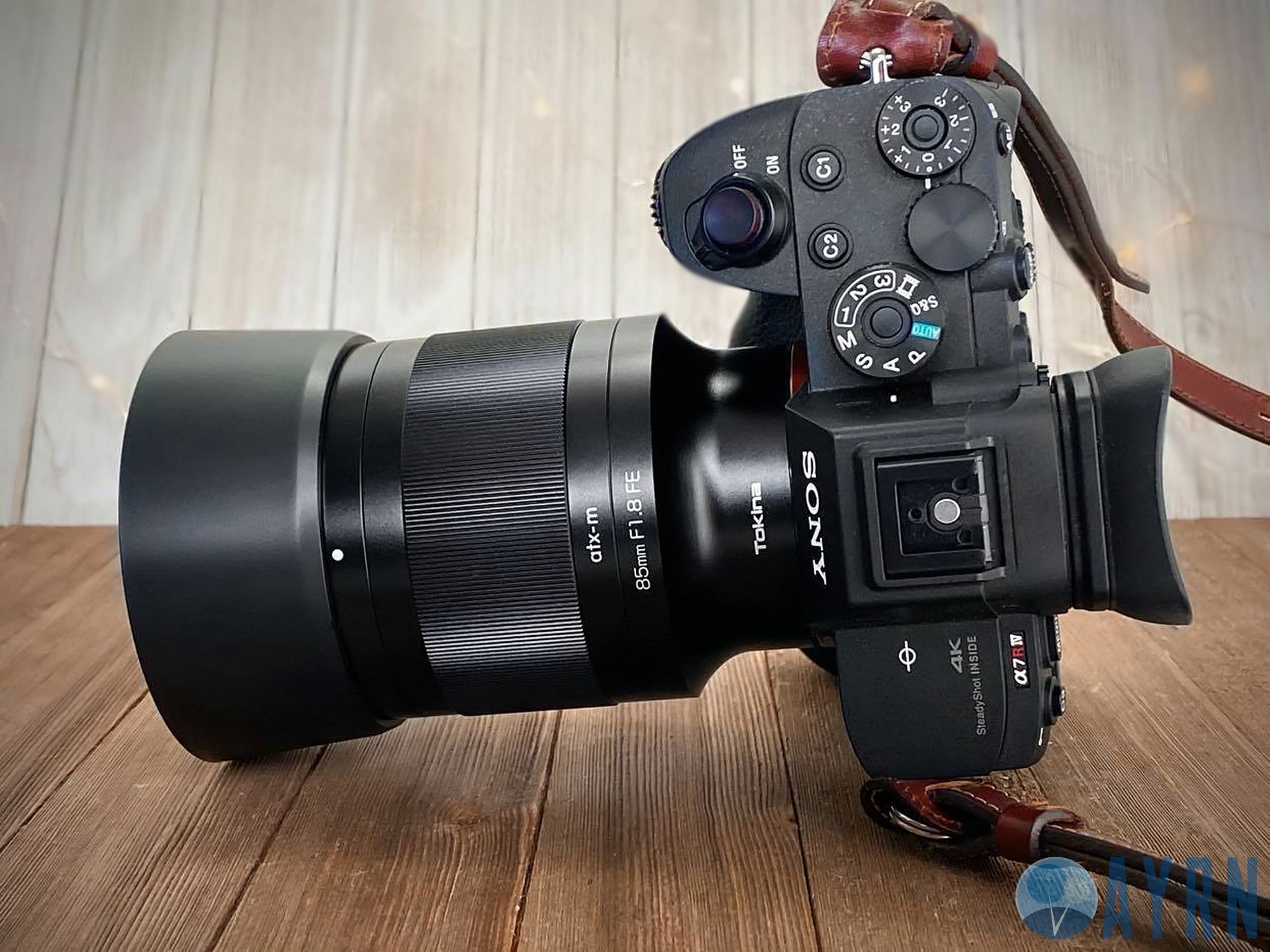
The Tokina ATX-M 85mm f/1.8 lens delivers excellent build quality, featuring solid metal housing and a textured metal focusing ring, which is contrasted by a rather average looking plastic lens hood.
The Tokina ATX-M 85mm f/1.8 lens delivers excellent build quality, featuring solid metal housing and a textured metal focusing ring, which is contrasted by a rather average looking plastic lens hood. It feels substantial in the hand, and definitely comes with an overall appearance that's a bit above it's price point. I'd say its design looks a tad more polished than the similar Viltrox 85mm f/1.8. On the negative side, unlike the similar Viltrox, the markings on the lens are just painted on rather than being embossed, which I think makes for a more premium look as well as better durability. To be fair though, as of the Mark II version of the 85mm lens, Viltrox has begun printing settings information as well.
Aside from exuding a clean appearance that's sure to delight minimalists, this lens is marginally heavy for it's size, but that heft gives you a sense of reassurance. I didn't personally find it burdensome to carry around during the many hours of test shooting I did in the field. On the up side, it's not a terribly long lens and it balanced well enough on my Sony A7riv.
As I mentioned previously, the focus ring on this lens is firm, but very smooth to turn and that makes it very precise, especially for a focus-by-wire system.
Tokina Atx-M 85mm F1.8 Autofocus
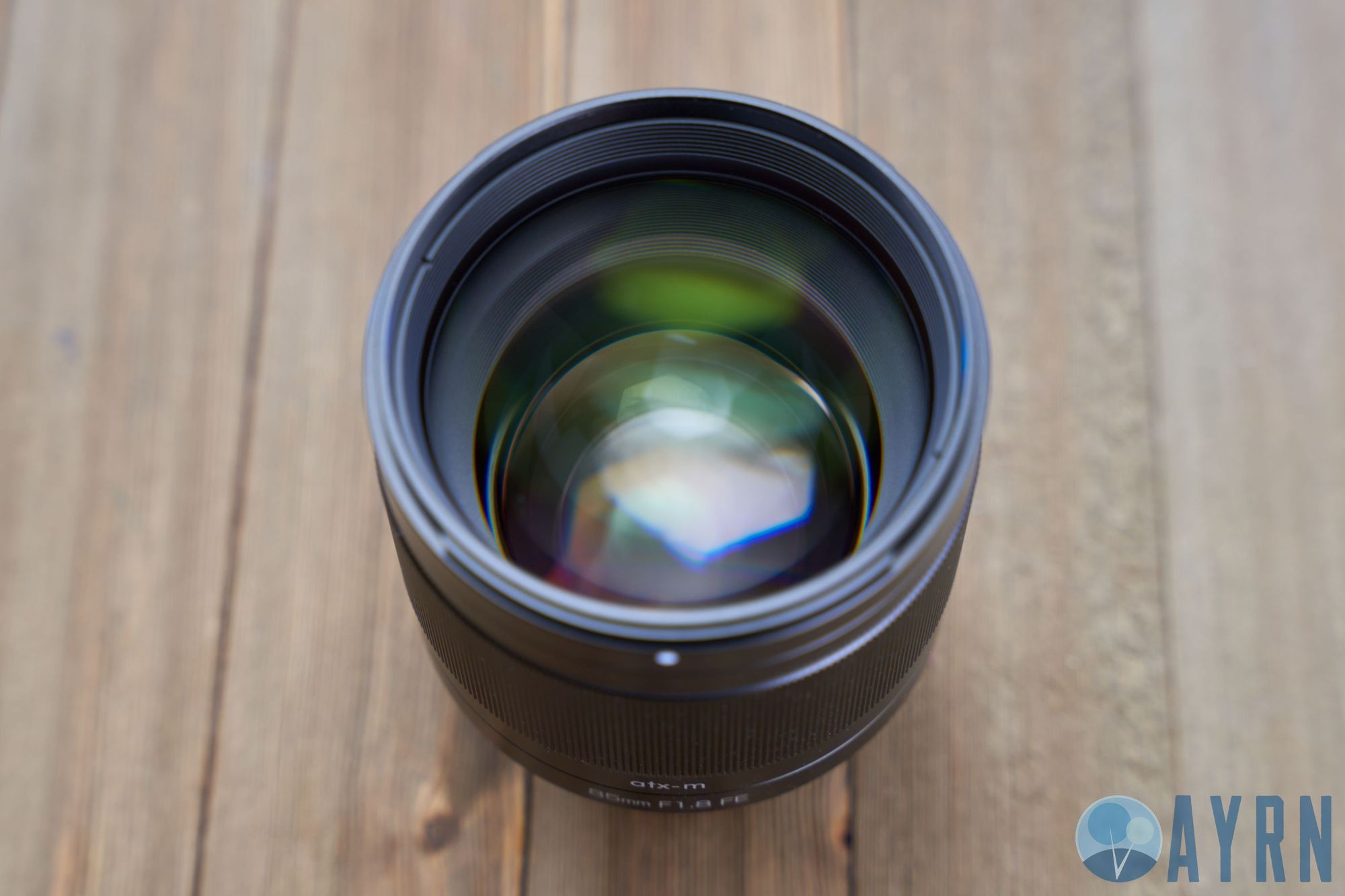
Autofocus on this lens is really, really good. Especially if you consider the fact that Tokina, like other 3rd party lens manufacturers, likely has to reverse engineer the technology to get it to work with Sony camera bodies.
Autofocus on this lens is really, really good. Especially if you consider the fact that Tokina, like other 3rd party lens manufacturers, likely has to reverse engineer the technology to get it to work with Sony camera bodies. In this sense, it's incredible that this lens seems to perform better than many of Sony's own lenses. While it's not quite GMaster level in this department, it's really not far off either and the difference is barely noticeable.
I tested AutoFocus in every mode and am happy to report that the stellar performance I described earlier appears to carry over into all of them. The focus motor itself is STM, so it's not only quick, but it's quiet as well, making it a great choice for videography applications.
Tokina Atx-M 85mm F1.8 Features
Aside from a metal focus ring, there really aren't many features to speak about here. There are no tactile buttons or switches, it doesn't have any sort of weather sealing, and there's no internal stabilization or anything like that. Of course any sort of settings can be changed via the setting menu of your Sony camera, or via a pre-programmed custom function button.
Tokina Atx-M 85mm F1.8 optical construction
While looking at the grouping and number of optical elements in a lens alone doesn't really tell you much about its potential image quality, it is an integral part of the physical composition of each lens and what makes it unique. I created the chart below based on the information that Tokina has posted on their website to provide a visual demonstration of the optical composition of this lens.
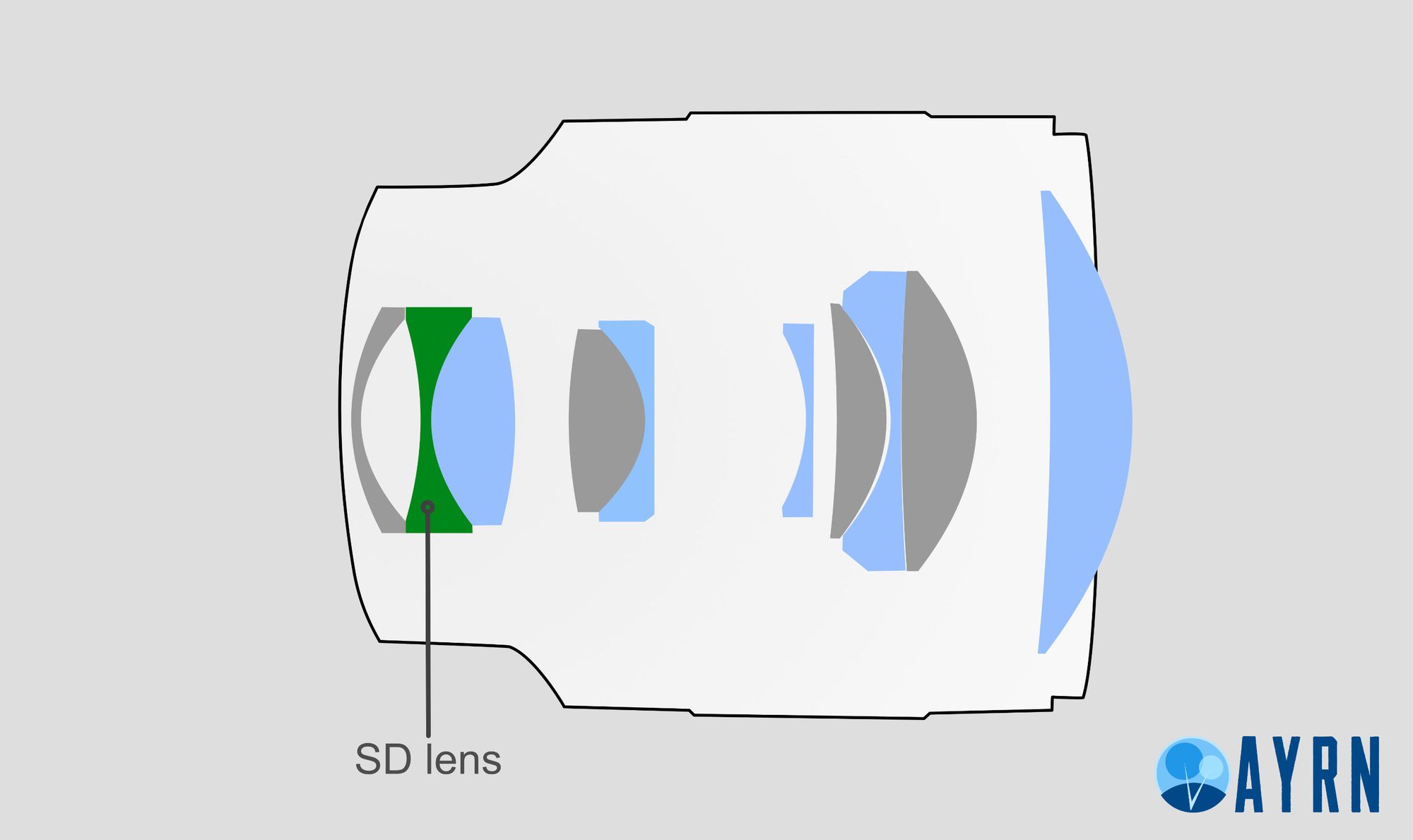
As you can see, the Tokina 85mm f/1.8 features a 10 optical element design with a single Super-low Dispersion (SD) element made using FK01 and FK02 optical materials. This should help to reduce chromatic aberration. Tokina says they've also treated the glass with their own multi-coating (MC), a transparent chemical film that is applied in multiple-layers to help maintain accurate color reproduction as well enhance the overall sharpness capabilities of the lens.


